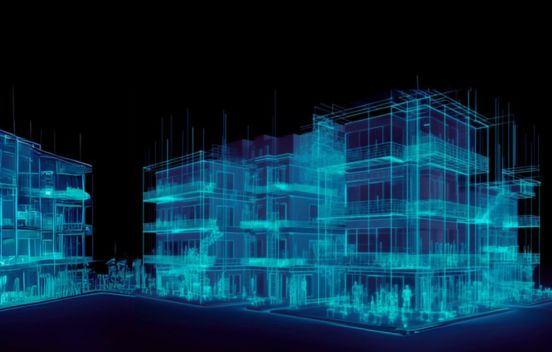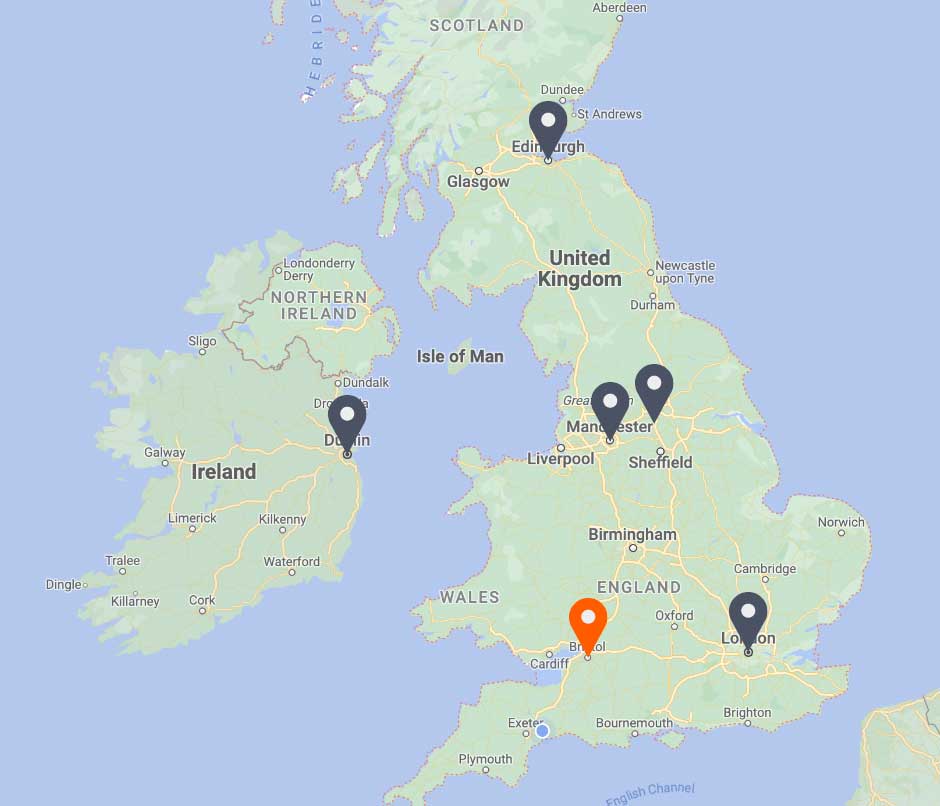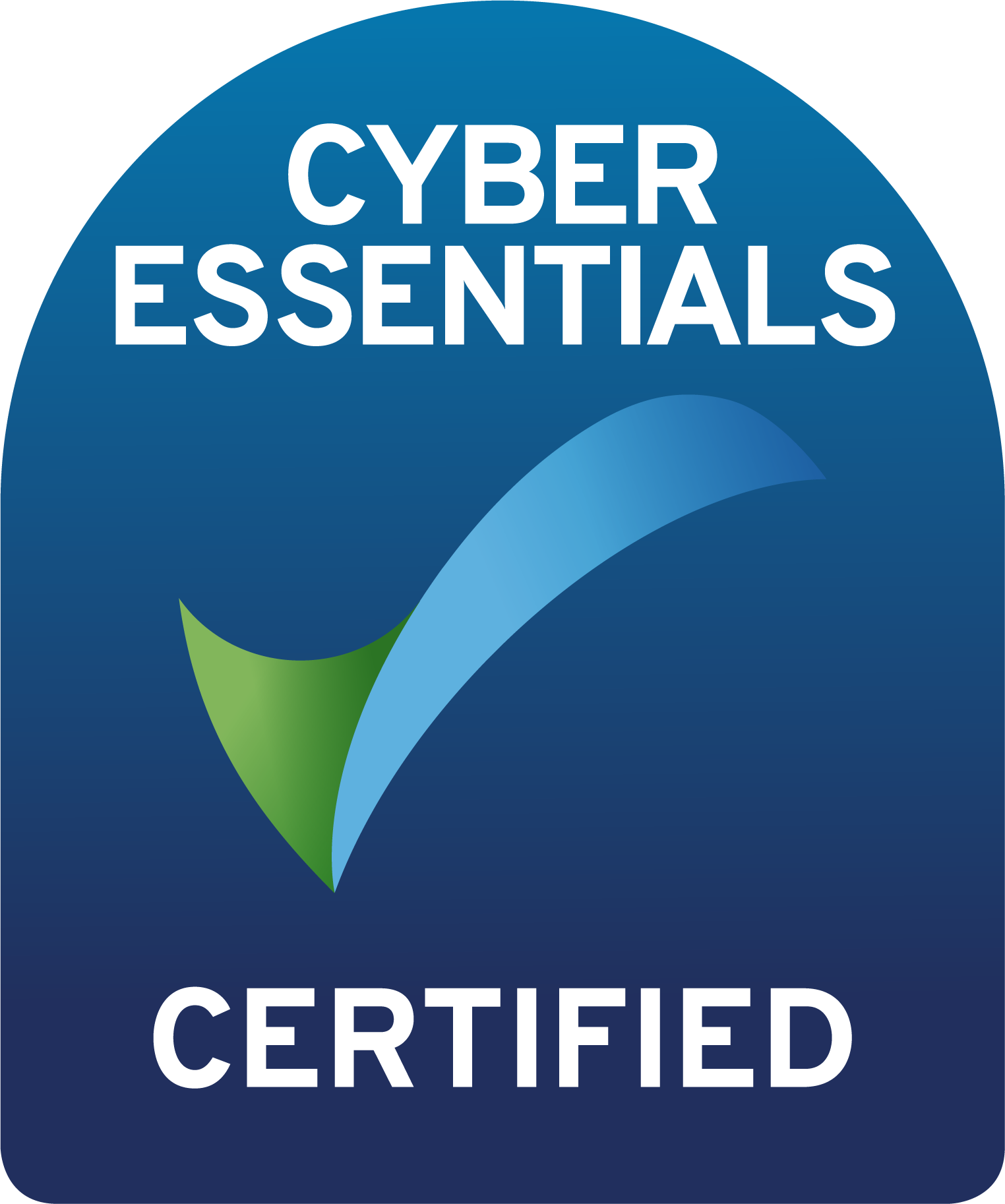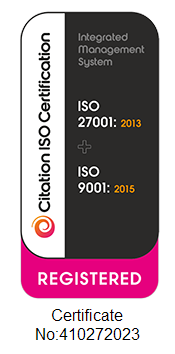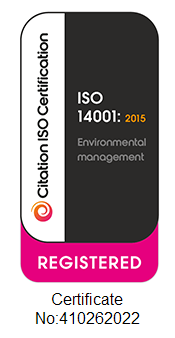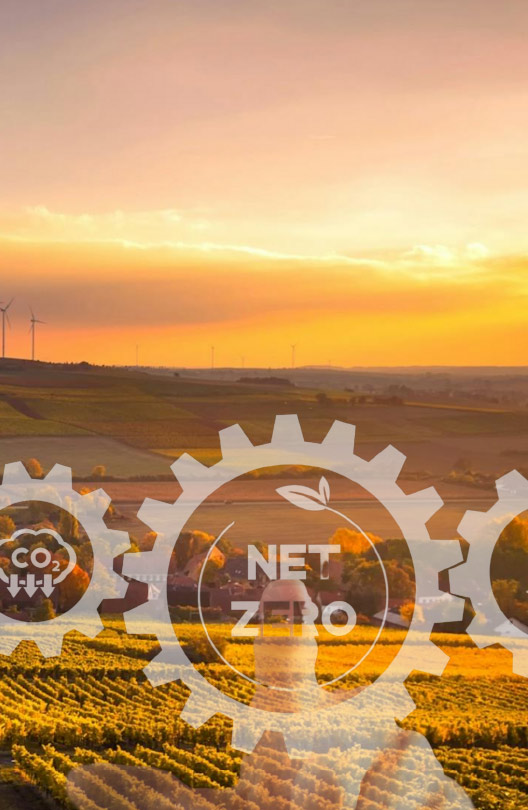THIS ARTICLE AT A GLANCE
CONTACT ETS
If you have any questions or would like to discuss further what you should be doing, ETS is here and willing to help.
Call 0117 205 0542
Email enquiries@energy-ts.com
Submit a contact form
CHECK OUR SERVICES
Controlling Building Energy Costs in Properties with Variable Occupancy

As the NFL’s Michael Lombardi often says: “Before you tell me what you think….. tell me what you know, and tell me what you don’t know!” – although the original quote is probably better attributed to General Colin Powell, who more pointedly put is as “Tell me what you know. Tell me what you don’t know. Only then can you tell me what you think”.
So, before getting too much further into this, we at ETS (much like everyone else as we work our way through these difficult times) do not have a crystal ball, and do not know for certain what the workplace will look like in the short, medium or long terms.
However, what we do know is that from a workplace perspective, in particular commercial offices and retail outlets, the future is uncertain – and this current phase of the pandemic has exposed several areas of vulnerability.
The Predicament
In response to the pandemic, many buildings have been completely vacated by staff, but with the heating, ventilation and air conditioning (HVAC) systems and lighting having been left operating as if the building were fully occupied for the past number of weeks.
In other buildings, only a skeleton crew of staff remain, but the building’s HVAC and lighting systems do not have the flexibility or granularity of control to reduce their respective outputs to match the reduced occupancy levels.
These issues, both managerial and technological, have resulted in significant energy costs being incurred for buildings that are essentially unoccupied, and as such many businesses are missing significant opportunities for cost saving at a time when, more than ever, ‘cash is king’!
The Resolution
Thanks to technological advances, remote access to your building’s energy metrics from a device anywhere in the world is now a basic and easily achievable goal. In times such as these, it is critical to understand how much energy your buildings are consuming so you can identify if significant energy cost wastage is occurring.
Once you have a handle on how your buildings are performing from an energy consumption perspective on a granular basis, having remote access to your building’s HVAC and lighting control systems is the next step in achieving control of your property.
Just like accessing energy consumption data on any device anywhere in the world, accessing and changing the way your building is controlled during times of minimal or no occupancy is now also easily achievable with the appropriate technological solutions – and with the right protocols in place, your control systems can also be maintained remotely, with faults being resolved without the need for a site visit by a maintenance contractor.
Indeed, ‘Smart Building’ control systems are now so advanced that they can detect if meeting rooms have been occupied during a scheduled period, and can adjust the heating & cooling within the room to reflect whether or not the meeting has taken place. These same systems can even help staff who may be unfamiliar with the building (for example remote staff visiting a Head Office) to locate other staff members’ desks by receiving a live, personalized, step-by-step map direct to their phone!
There are some properties out there that allow remote visibility of energy usage and remote control of building equipment, but these still remain relatively few and far between. Of those properties that have these systems installed, not many have experienced or trained personnel using all the resources available in the most effective way to make informed decisions and save money.
How ETS can help
Even before the COVID-19 pandemic hit, the majority of buildings were not able to make use of HVAC system flexibility, and the current crisis has just further exposed this significant gap in performance.
Indeed, as many businesses look to the near term future potential of bringing their staff back to the workplace, and all the associated challenges that this brings to manage risk and staff safety appropriately, the need for flexible and responsive control systems has never been greater – even from a pure ‘building usability’ perspective.
As an aside, if you would like more guidance on the steps you can take to the Health & Safety of staff returning to the workplace, please see our recent article on this here: https://energy-ts.com/reactivating-buildings-covid-19-implications-for-building-services-equipment/.
Now more than ever the future is full of uncertainty, but it is never too late to future-proof your properties against wasted energy costs and poor performance.
As an example, ETS is currently saving one of our clients over 25% on annual energy costs using our blend of independent building controls know-how and ongoing cost reduction support.
If you don’t already have a system in place that allows you to access your energy usage data or make remote changes to how your building operates, then please do get in touch with us and we can advise you on how to take control of energy consumption across your buildings – no matter their size, or how big your property portfolio is.
Final thoughts
If you are looking for an energy management system that is tailored to your business needs, ETS can provide you with 25 years of experience in dramatically improving energy efficiency and reducing environmental impacts. Whether your businesses have individual assets or large international portfolios, ETS can assist you in saving substantial amounts of money while significantly reducing your carbon performance.
To discuss your requirements, get in touch. You can contact us by calling 0117 205 0542 or drop us an email at enquiries@energy-ts.com.
As the NFL’s Michael Lombardi often says: “Before you tell me what you think….. tell me what you know, and tell me what you don’t know!” – although the original quote is probably better attributed to General Colin Powell, who more pointedly put is as “Tell me what you know. Tell me what you don’t know. Only then can you tell me what you think”.
So, before getting too much further into this, we at ETS (much like everyone else as we work our way through these difficult times) do not have a crystal ball, and do not know for certain what the workplace will look like in the short, medium or long terms.
However, what we do know is that from a workplace perspective, in particular commercial offices and retail outlets, the future is uncertain – and this current phase of the pandemic has exposed several areas of vulnerability.
The Predicament
In response to the pandemic, many buildings have been completely vacated by staff, but with the heating, ventilation and air conditioning (HVAC) systems and lighting having been left operating as if the building were fully occupied for the past number of weeks.
In other buildings, only a skeleton crew of staff remain, but the building’s HVAC and lighting systems do not have the flexibility or granularity of control to reduce their respective outputs to match the reduced occupancy levels.
These issues, both managerial and technological, have resulted in significant energy costs being incurred for buildings that are essentially unoccupied, and as such many businesses are missing significant opportunities for cost saving at a time when, more than ever, ‘cash is king’!
The Resolution
Thanks to technological advances, remote access to your building’s energy metrics from a device anywhere in the world is now a basic and easily achievable goal. In times such as these, it is critical to understand how much energy your buildings are consuming so you can identify if significant energy cost wastage is occurring.
Once you have a handle on how your buildings are performing from an energy consumption perspective on a granular basis, having remote access to your building’s HVAC and lighting control systems is the next step in achieving control of your property.
Just like accessing energy consumption data on any device anywhere in the world, accessing and changing the way your building is controlled during times of minimal or no occupancy is now also easily achievable with the appropriate technological solutions – and with the right protocols in place, your control systems can also be maintained remotely, with faults being resolved without the need for a site visit by a maintenance contractor.
Indeed, ‘Smart Building’ control systems are now so advanced that they can detect if meeting rooms have been occupied during a scheduled period, and can adjust the heating & cooling within the room to reflect whether or not the meeting has taken place. These same systems can even help staff who may be unfamiliar with the building (for example remote staff visiting a Head Office) to locate other staff members’ desks by receiving a live, personalized, step-by-step map direct to their phone!
There are some properties out there that allow remote visibility of energy usage and remote control of building equipment, but these still remain relatively few and far between. Of those properties that have these systems installed, not many have experienced or trained personnel using all the resources available in the most effective way to make informed decisions and save money.
How ETS can help
Even before the COVID-19 pandemic hit, the majority of buildings were not able to make use of HVAC system flexibility, and the current crisis has just further exposed this significant gap in performance.
Indeed, as many businesses look to the near term future potential of bringing their staff back to the workplace, and all the associated challenges that this brings to manage risk and staff safety appropriately, the need for flexible and responsive control systems has never been greater – even from a pure ‘building usability’ perspective.
As an aside, if you would like more guidance on the steps you can take to the Health & Safety of staff returning to the workplace, please see our recent article on this here: https://energy-ts.com/reactivating-buildings-covid-19-implications-for-building-services-equipment/.
Now more than ever the future is full of uncertainty, but it is never too late to future-proof your properties against wasted energy costs and poor performance.
As an example, ETS is currently saving one of our clients over 25% on annual energy costs using our blend of independent building controls know-how and ongoing cost reduction support.
If you don’t already have a system in place that allows you to access your energy usage data or make remote changes to how your building operates, then please do get in touch with us and we can advise you on how to take control of energy consumption across your buildings – no matter their size, or how big your property portfolio is.
You can contact us by calling 0117 205 0542 or drop us an email at enquiries@energy-ts.com.
Related Article
8 Ways Businesses Can Reduce Energy Use in the Workplace This Winter
Discover how to comply with ESOS Phase 4 and unlock energy-saving opportunities for your business. This guide explains the requirements, highlights key deadlines, and provides actionable strategies. Learn how energy audits, tailored action plans, and expert support can reduce costs, improve efficiency, and align your organisation with sustainability goals.
ESOS Action Planning: Complying with Phase 4 and Implementing Energy Saving Strategies
Discover how to comply with ESOS Phase 4 and unlock energy-saving opportunities for your business. This guide explains the requirements, highlights key deadlines, and provides actionable strategies. Learn how energy audits, tailored action plans, and expert support can reduce costs, improve efficiency, and align your organisation with sustainability goals.
Important Update: What You Need to Know about ESOS Phase 3
Time is ticking for the ESOS Phase 3 deadline. The Environment Agency announced that the reporting system is available now. For organisations qualifying for ESOS Phase 3, the deadline for submitting a compliance notification is 5 June 2024, and organisations should still look to meet this compliance notification deadline where possible.












